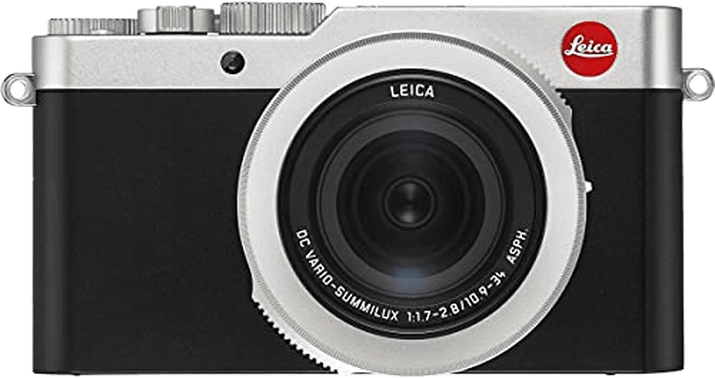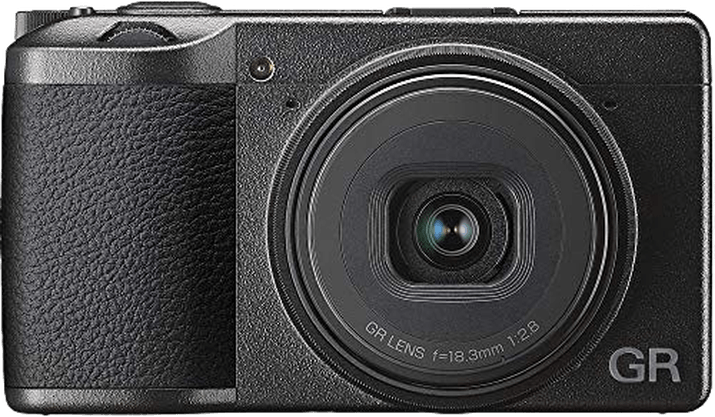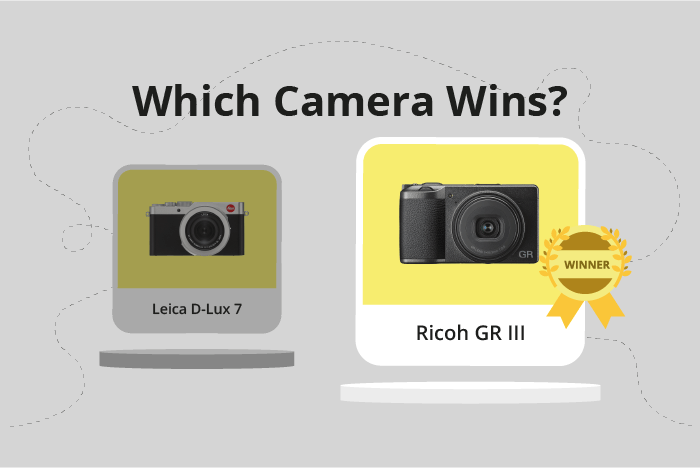Leica D-Lux 7 vs Ricoh GR III Comparison
Leica D-Lux 7

Ricoh GR III

The Ricoh GR III wins the comparison with a score of 66/100, while the Leica D-Lux 7 trails behind at 60/100. Both cameras are compact and were released in 2018, sharing similar specifications. However, the Ricoh GR III has a few advantages over the Leica D-Lux 7.
The Ricoh GR III is lighter at 257g, making it more convenient for travel and daily use compared to the Leica D-Lux 7’s 403g. Additionally, the Ricoh GR III is smaller in size, measuring 109 x 62 x 33mm, while the Leica D-Lux 7 measures 118 x 66 x 64mm. The Ricoh GR III also has a lower launch price of $899 compared to the Leica D-Lux 7’s $1200.
Although the Leica D-Lux 7 has a higher launch price, it may still have features that appeal to some users. However, based on the general specifications, the Ricoh GR III is the better choice for those who prioritize a compact, lightweight camera at a more affordable price point.
Leica D-Lux 7 vs Ricoh GR III Overview and Optics
The Ricoh GR III emerges as the winner in the optics comparison, scoring 68/100, while the Leica D-Lux 7 lags behind with a score of 59/100. Both cameras share some common specifications, such as the CMOS sensor type, fixed lens mount, and image stabilisation. However, the Ricoh GR III outperforms the Leica D-Lux 7 in certain aspects, making it the superior choice in terms of optics.
The Ricoh GR III boasts a higher megapixel count of 24, compared to the Leica D-Lux 7’s 17 megapixels. This results in better image quality and more detailed photographs. Additionally, the Ricoh GR III has a higher DXOMARK sensor score of 76, versus the Leica D-Lux 7’s score of 72, indicating a better overall sensor performance.
On the other hand, the Leica D-Lux 7 has a faster shooting speed of 11 frames per second, while the Ricoh GR III only manages 4 frames per second. This gives the Leica D-Lux 7 an advantage in capturing fast-moving subjects or action shots.
The Ricoh GR III features a larger APS-C sensor size, which contributes to its superior image quality and low-light performance. In contrast, the Leica D-Lux 7 has a smaller Micro Four Thirds sensor size. The processor in the Ricoh GR III is also specified as the GR Engine 6, whereas the processor in the Leica D-Lux 7 remains unspecified.
Considering these factors, the Ricoh GR III stands out as the better choice for optics, with its higher megapixel count, better sensor performance, and larger sensor size. However, the Leica D-Lux 7 may appeal to those who prioritize shooting speed for action photography. Ultimately, the choice depends on individual preferences and needs.
Leica D-Lux 7 vs Ricoh GR III Video Performance
The Leica D-Lux 7 emerges as the winner in the video capabilities comparison with a score of 83/100, outperforming the Ricoh GR III, which scored 70/100. Both cameras share some common video features, such as a maximum video frame rate of 60fps and built-in time-lapse functionality. However, the Leica D-Lux 7 surpasses the Ricoh GR III in certain aspects, making it the superior choice for video recording.
One of the most significant advantages of the Leica D-Lux 7 is its 4K video resolution, with maximum dimensions of 3840 x 2160. This higher resolution allows for more detailed and sharper videos compared to the Ricoh GR III, which only offers Full HD video resolution with maximum dimensions of 1920 x 1080. The higher resolution of the Leica D-Lux 7 makes it a more suitable option for those who prioritize video quality.
The Ricoh GR III, however, does not offer any distinct advantages over the Leica D-Lux 7 in terms of video recording. Both cameras have the same maximum video frame rate and time-lapse functionality, but the Ricoh GR III falls short in terms of video resolution. As a result, the Leica D-Lux 7 remains the more appealing choice for videographers.
Considering the differences in video capabilities, the Leica D-Lux 7 is the clear winner in this comparison. Its 4K video resolution provides a significant advantage over the Ricoh GR III’s Full HD resolution, making it the better choice for those who value high-quality video recording. While the Ricoh GR III does not have any specific advantages in this aspect, it still offers decent video performance for casual users. However, for those seeking the best video capabilities, the Leica D-Lux 7 is the recommended choice.
Leica D-Lux 7 vs Ricoh GR III Features and Benefits
The Leica D-Lux 7 and Ricoh GR III both have a feature score of 70/100. These cameras share several specifications, making them comparable in terms of usability and functionality. Both cameras have a 3-inch screen size, touchscreen capability, WIFI, and Bluetooth connectivity. Neither camera has a flip screen or GPS functionality.
The Leica D-Lux 7 has a higher screen resolution of 1,240,000 dots, compared to the Ricoh GR III’s 1,037,000 dots. This difference in screen resolution provides the D-Lux 7 with a sharper and clearer display, enhancing the user experience when composing images or reviewing captured photos.
The Ricoh GR III does not have any significant advantages over the Leica D-Lux 7 in terms of features. Both cameras have the same feature score and share many specifications, making their performance and functionality similar.
To conclude, the Leica D-Lux 7 and Ricoh GR III are evenly matched in terms of features, with both cameras having a feature score of 70/100. The D-Lux 7 has a slight advantage with its higher screen resolution, providing a better display for users. The Ricoh GR III does not have any notable advantages over the D-Lux 7 when comparing features. Both cameras offer a similar set of specifications, making them suitable choices for photographers seeking a camera with these particular features.
Leica D-Lux 7 vs Ricoh GR III Storage and Battery
The Leica D-Lux 7 outperforms the Ricoh GR III in storage and battery with a score of 35/100 against 27/100. Both cameras share similarities, as they have one memory card slot and accept SD, SDHC, and SDXC (UHS-I compatible) memory cards. Additionally, both cameras offer USB charging capabilities.
The Leica D-Lux 7 excels with a longer battery life of 340 shots, compared to the Ricoh GR III’s 200 shots. This advantage allows users to capture more images before needing to recharge the battery. The D-Lux 7 uses a DP-DC15 battery type, contributing to its superior battery life.
On the other hand, the Ricoh GR III provides an additional storage option with its internal storage. This feature might be beneficial for users who need extra space or forget their memory card. However, the camera still falls short in battery life, using a DB-110 battery type.
Considering the storage and battery aspects, the Leica D-Lux 7 proves to be a better choice due to its longer battery life. The Ricoh GR III, while offering internal storage, would require more frequent battery charging, potentially affecting the user experience.
Leica D-Lux 7 vs Ricoh GR III – Our Verdict
Are you still undecided about which camera is right for you? Have a look at these popular comparisons that feature the Leica D-Lux 7 or the Ricoh GR III:

